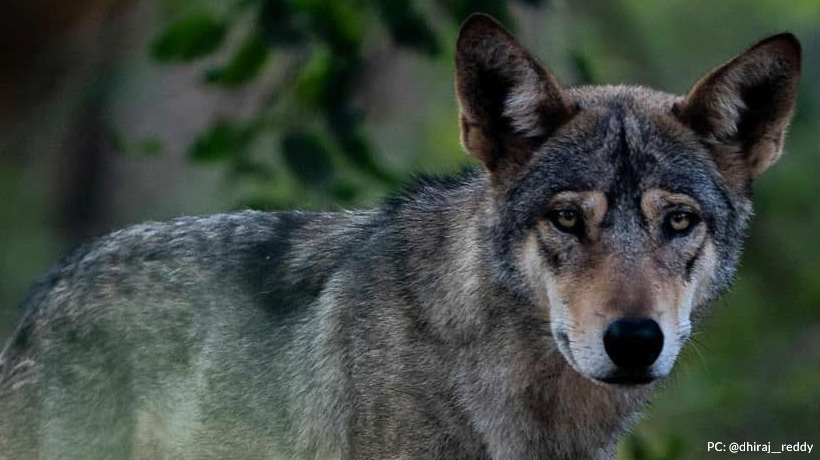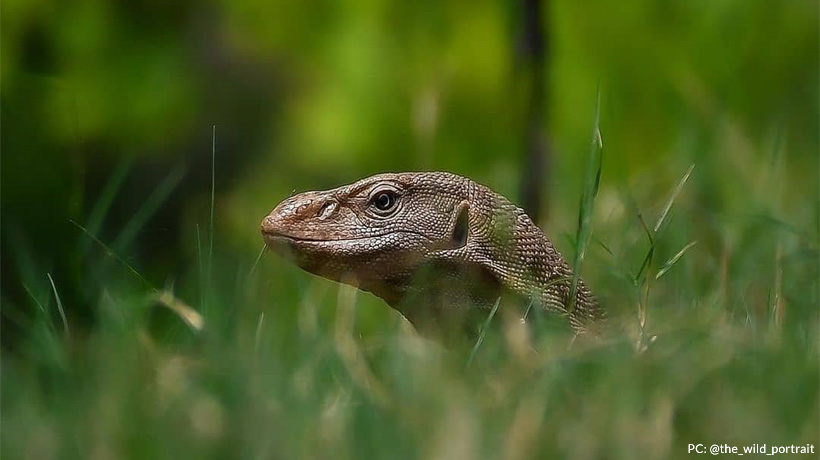Scientific Name: Canis lupus pallipes
IUCN status : ENDANGERED.
Indian Grey wolves are considered as the subspecies of Grey wolves and are found in South-west Asia and India. They belong to the Canidae Family of Kingdom Animalia and hence, they are often regarded as Feral and Cunning animals. They have life span of about 5-13 years. A group of wolf is called as a PACK and in a Pack there are 6 to 8 individuals. Generally, Wolves have a thick coat of fur called as Luxuriant coat to protect them from severe cold, But the Habitat of Indian wolves is notably warmer and thus Indian wolves are evolved to thin fur and they don’t possess this Luxuriant coat.
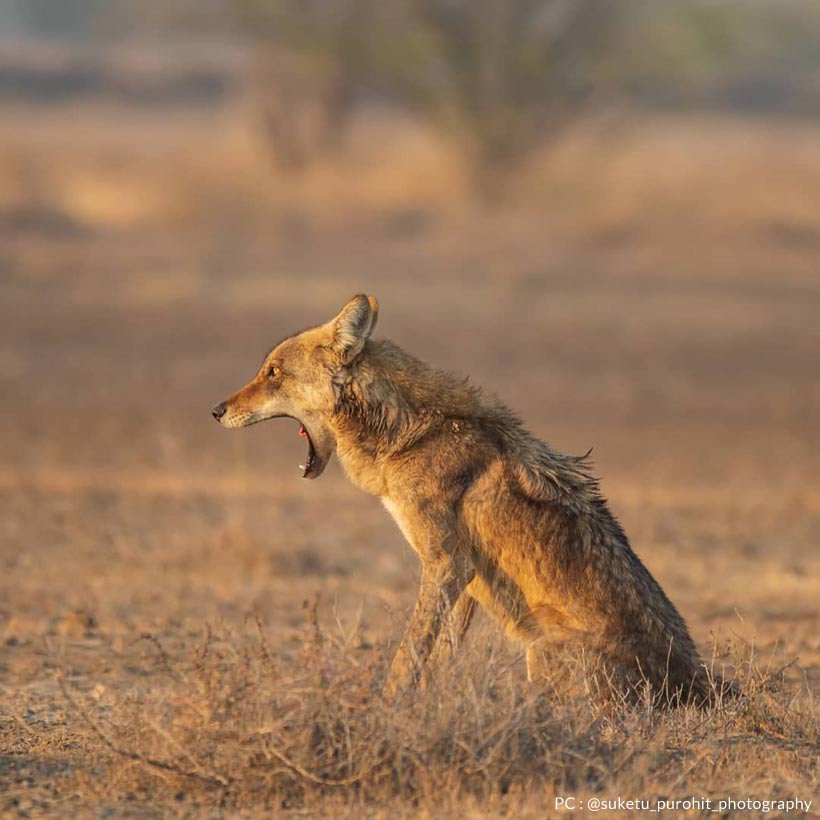
BEHAVIOUR :
Indian wolves are monogamous and they mate with only one partner throughout their life. Their gestation period lasts for 62 – 75 days and five to six pups are given birth at a time. Pups are born blind and they open their eyes after 9-12 days. They hunt in group; where one distracts the prey and the others’ attack on it.
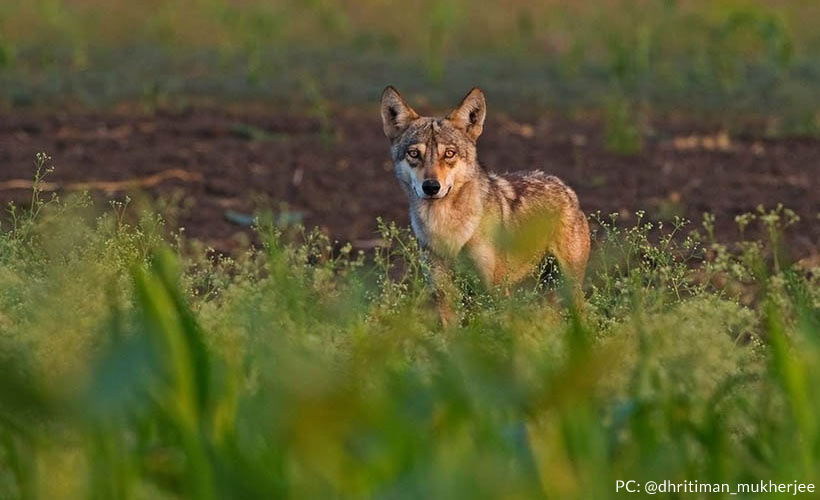
CONSERVATION THREATS :
A recent survey indicates that Indian Grey Wolves’ habitat lies mostly outside the protected areas i.e, National parks and Sanctuaries. Their habitat occupies of Grasslands, thorn forests, scrublands and agroforestry landscapes. As their habitat overlaps with several other Indian mammals such as Sloth Bear, Golden Jackal and Bengal tiger, it is difficult for them to hunt upon the preys of the Jungle. As a result they prey upon the livestock that are found in and around their habitat. Hence, they are exposed to human – interactions and this leads to human-wolf conflicts. Even in British India, they were considered as ‘vermins’ that fed upon the livestock. Since then, a huge number of these wolves are either killed or poached illegally.
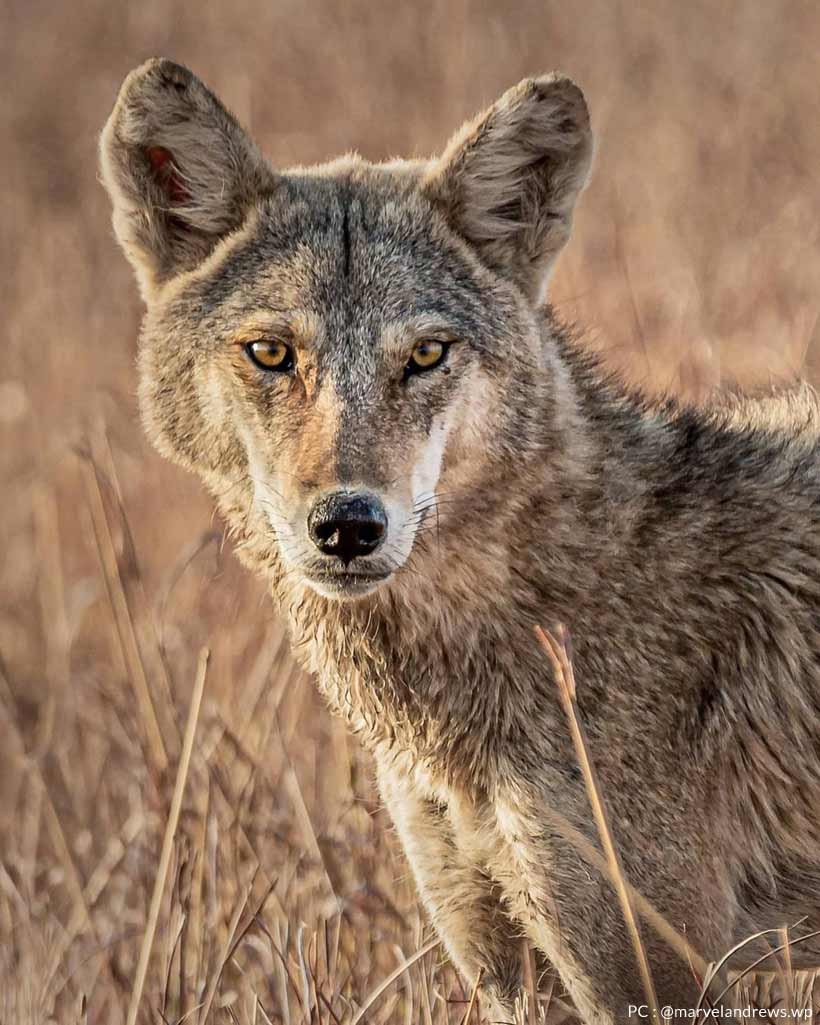
In India, lesser attention is given to this subspecies of wolves, but we must conserve them as they are one of the Apex Predators of the Ecosystem. Protecting their habitat by fencing the agroforest lands and creating awareness among people could help mitigating the issue of conservation.
It is not the Big animals that make a huge Biodiversity, but the subspecies !
IW.

